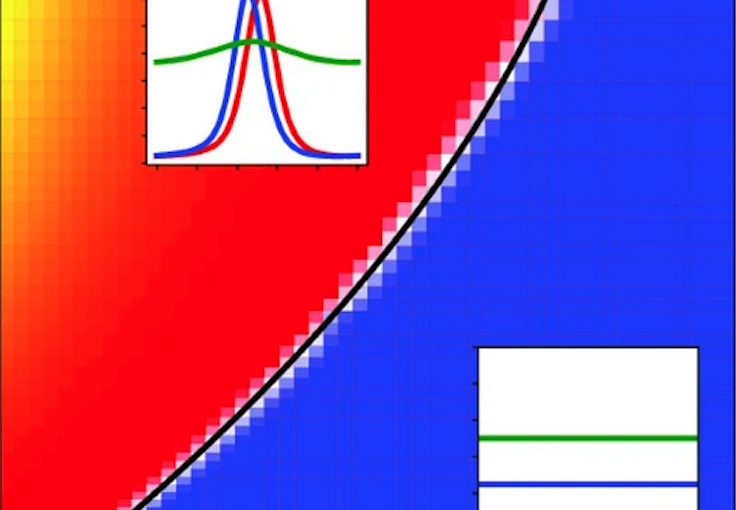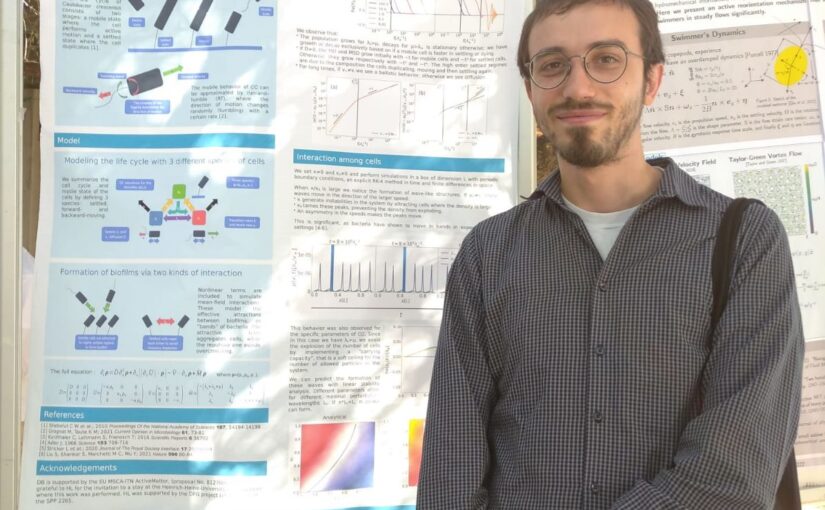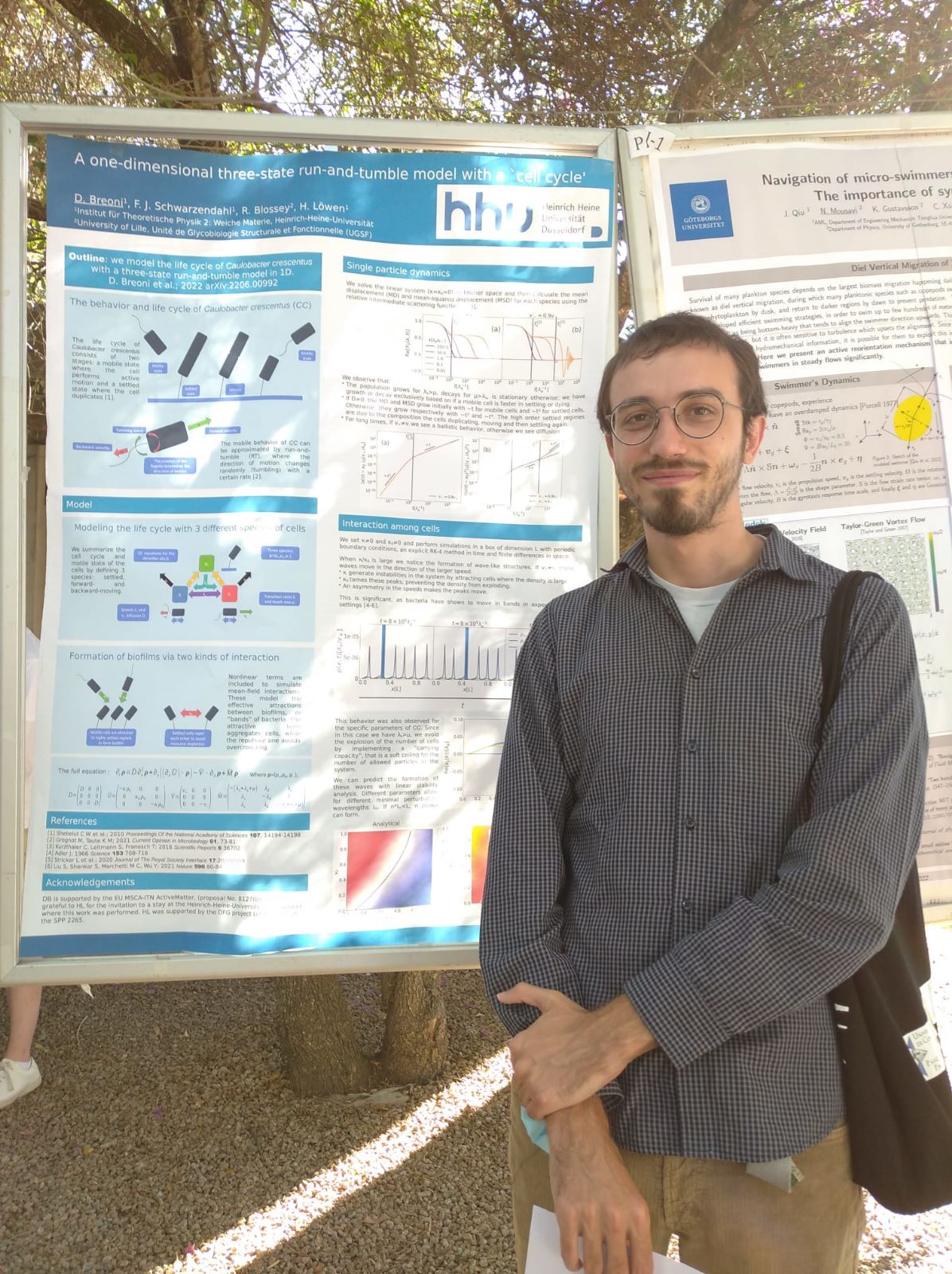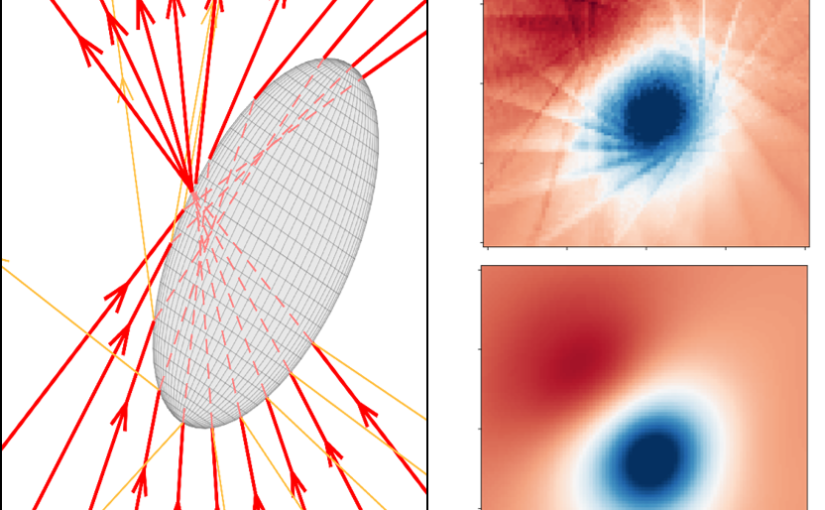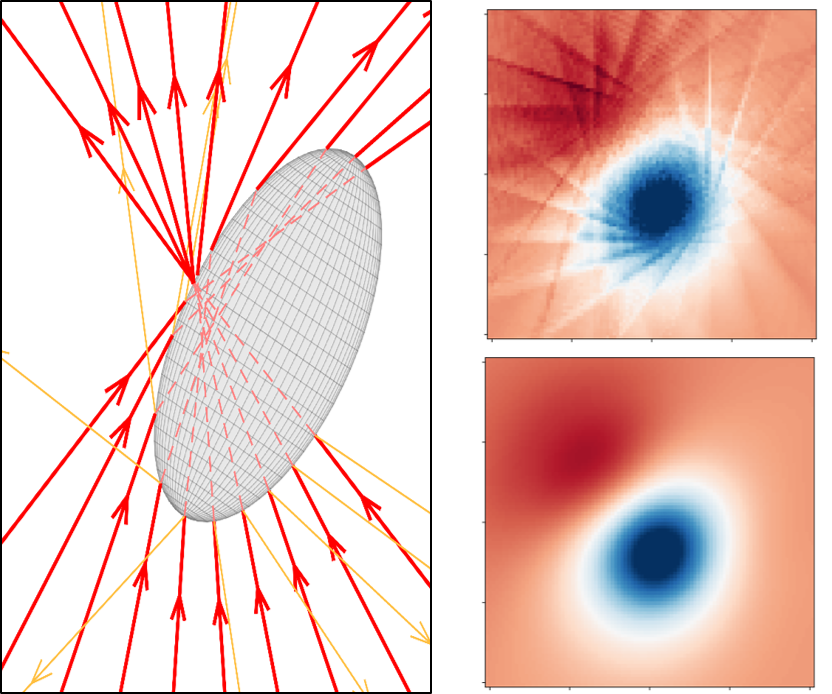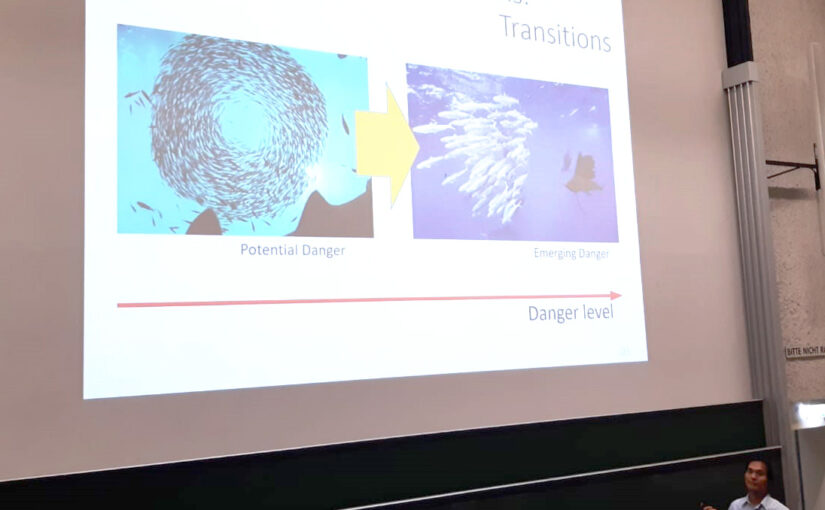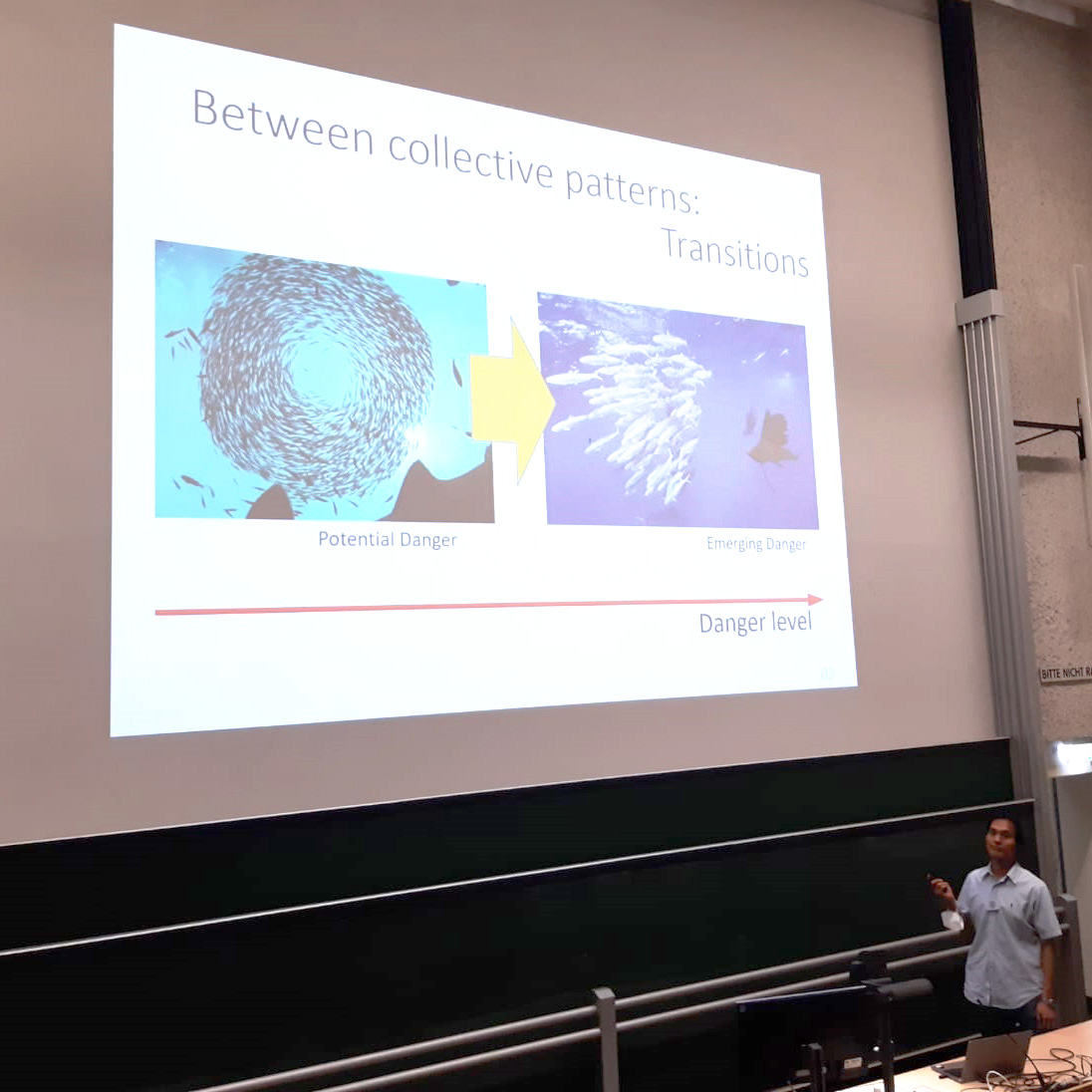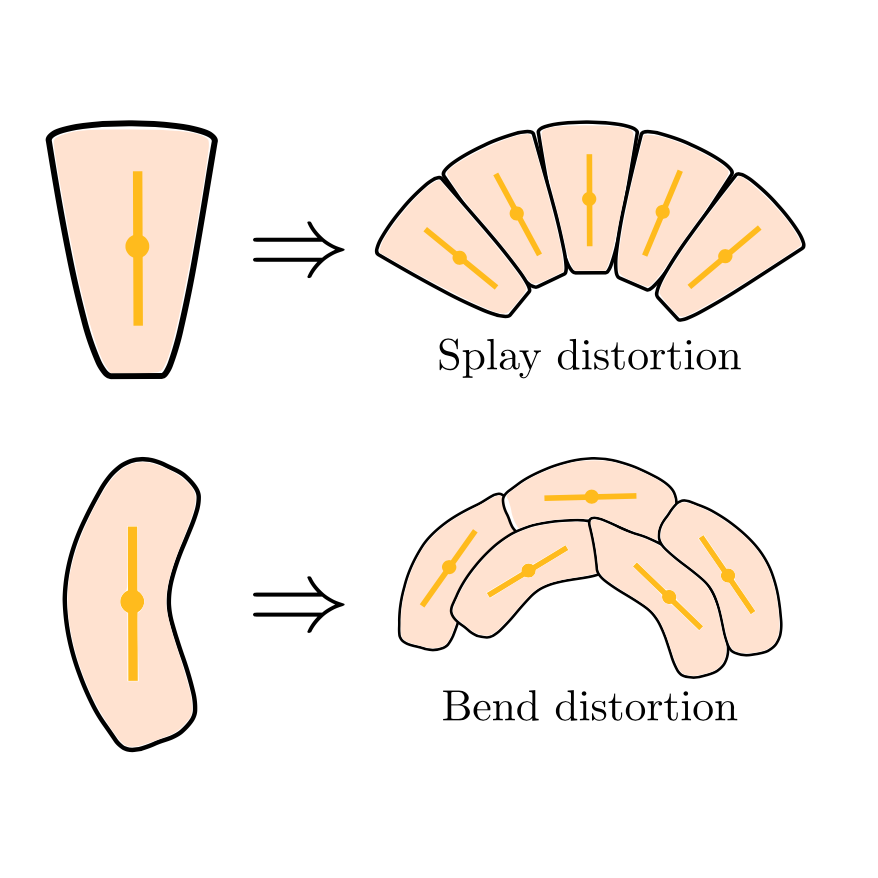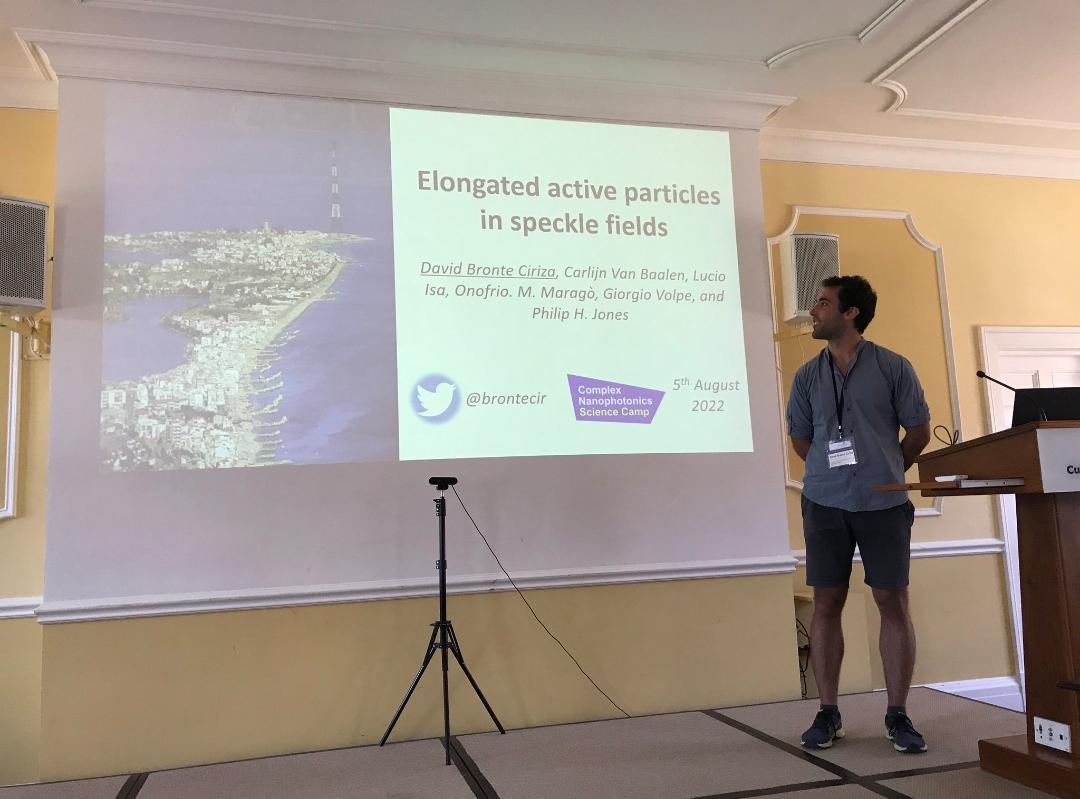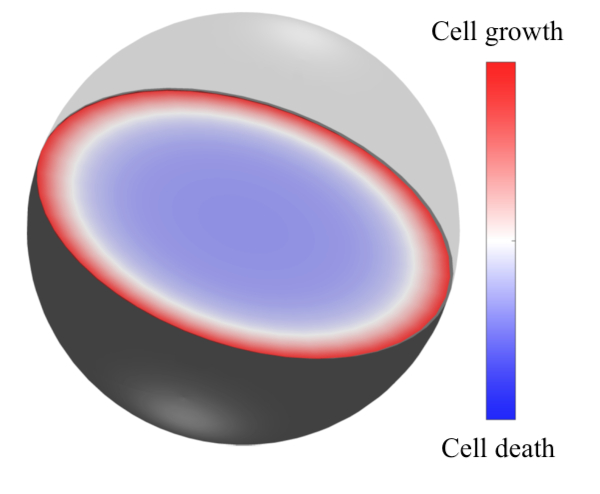
Inside Therapeutics aims to provide innovative nanoparticle manufacturing platforms to help with the novel generation of RNA-LNP therapeutics development. Based on innovative microfluidic technology developed during the Active Matter project, this novel platform will help unlock the main sticking points of the current RNA-LNP drug development process including:
- The synthesis of very low volumes during for the drug discovery (or screening) phase.
- Ensuring a seamless scalability of the RNA-LNP manufacturing.
- Allowing for continuous production of high quality nanoparticles.
It opens up new perspectives for research and industrial applications were lipid or polymeric-based nanoparticles are required.
Feel free to reach out to Audrey at audrey.nsamela@insidetx.com should you have any questions!



